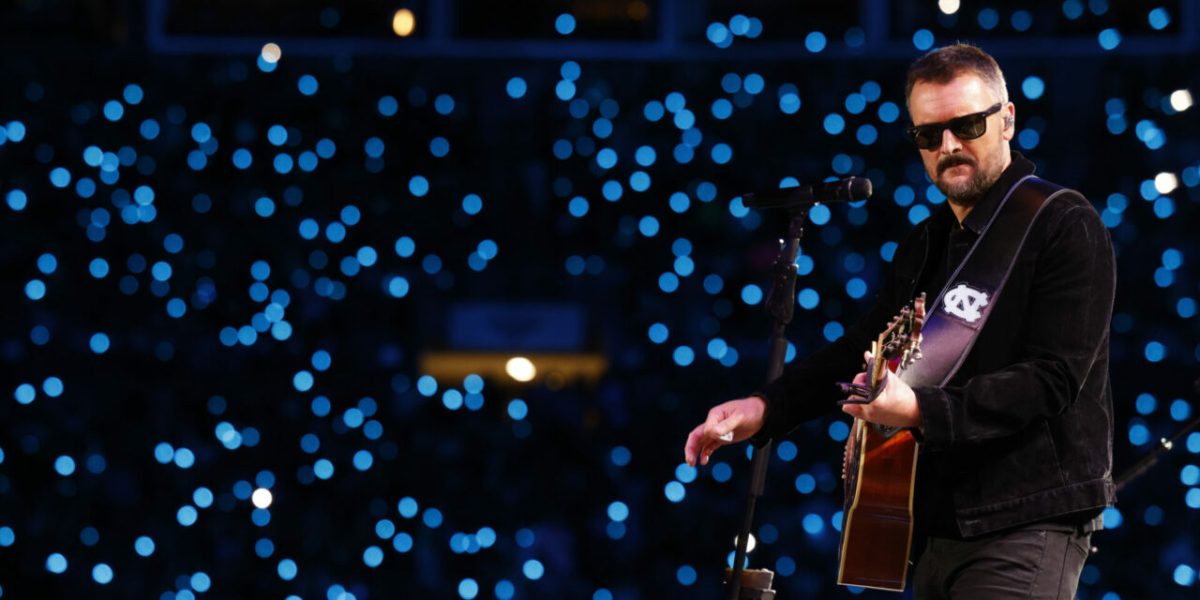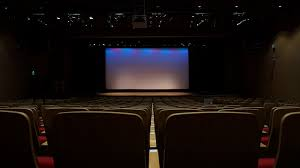In America, one generation condemns the music that another generation loves. Look at rock ’n’ roll. In 1956, after performing “Hound Dog” on national television, Elvis and his pelvis became a whipping boy for media attacks on degraded youth culture. Now, students take classes on the history of rock. Jazz music has traveled the same uneven path.
A little over a hundred years ago, academics regarded jazz as the musical equivalent of the devil. Now, our professors teach it. So what happens when formerly derided pariah music ascends to the angelic gates of academia?
The Blue Roots Jazz Band emerges.
Trumpeter and sophomore Benjamin Matlack punched the air. Stop time ceded to a solo from saxophonist and senior Benjamin Espinola like levees collapsing to a flood. A student yelped with excitement as the Blue Roots Jazz Band played through Louis Armstrong’s iconic “Struttin’ with Some Barbecue.” Alongside Professor of Jazz Studies and Saxophone player Andrew Hays, Blue Roots heated up a tightly packed Dana Choir room on a cold Wednesday night, February 20.
“Hopefully if it gets too hot in here, it’ll be from the music, not the stuffy air,” said Hays as the group shuffled charts between songs.
Alongside Espinola and Matlack, Blue Roots features guitarist and sophomore Gray Hall, drummer and sophomore Devon Rohe and Guilford alumnus Doug Harrison on bass. Original bassist and senior Alice Gushue is currently studying abroad.
The jazz department assembled Blue Roots earlier this year as part of a one-credit jazz combo class. Matlack admits that the group’s origin is more planned than a jazz combo of an earlier era.
“Traditionally, we would have come together because we knew each other,” said Matlack. “It would’ve grown in a more organic sense.”
Yet, the product is the same, if not greater.
“It’s fortuitous that it worked out so well,” said Matlack. “We are a creation of an institution. We have to adhere to different things, a strict practice schedule and a coach. With Drew’s coaching though … we can create a higher quality product.”
Learning jazz in a structured setting has taught Espinola skills that extend beyond jazz standards.
“In the professional music environment, you don’t have anyone telling you what to do,” said Espinola. “You have to learn how to get what you want out of other people.”
The connection between music and institutions changes like the scorned genres, and Blue Roots is an example of that. Whether institutionalized or not, moments of musical human connection will continue.
Ben Espinola recounted playing a generationally divided Christmas party with Blue Roots.
“We were the youngest people in the room by fifty years,” said Espinola.
Standing around after a set, an older woman approached the group.
“She started talking about her (late) husband,” said Espinola. “He wasn’t a professional, but he loved to play the bass. He just loved music.”
Espinola said that he could see how much the music affected the woman.
“Seeing us play together really reminded her of him and his life,” said Espinola. “It was really meaningful. That’s just one person, but I like to think that every little bit helps.”
Blue Roots Jazz Band plays music visceral enough to overcome a generational divide and to communicate some small part of the human experience.
“(Great music) fulfills the need to put into sound all the feelings and emotions that are so hard for so many to otherwise describe,” noted Hays.
Categories:
Blue Roots jazz band emerges
0






